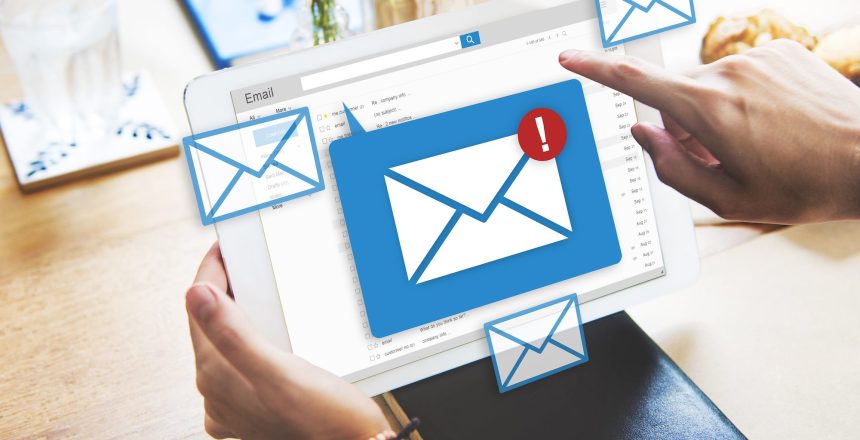Go ahead, slide into that inbox
Oh, the things we would do as consumers to protect our email inboxes.
We deftly formatted our email addresses when sharing online to avoid internet scrapers. We created second, third, and fourth accounts to keep our beloved primary inbox from getting filled with junk. We hit the unsubscribe button over and over, not realizing we were alerting scammers and spammers to an active inbox.
As we began to rely on more forms of communication, our reliance on email changed. At the same time, email providers got smarter about routing out spam, organizing inboxes, and making sure we don’t miss priority items. In general, we’re less wary about things like spam these days because elegant solutions have come along to solve some of email’s greatest user experience challenges.
From a marketing standpoint, we’re certainly a far cry away from the days when companies used to buy these massive, unqualified, bulk email lists and just spray messages to anyone they could reach.
But from a mindset standpoint, many marketers view email marketing as taboo based on lessons learned many years ago. In conversations with customers, we hear similar reservations:
- Isn’t it illegal or unethical to send emails to consumers you don’t already have a relationship with?
- Email is great, but mostly as a retention tool once you have a customer relationship.
- Won’t unsolicited emails just get caught in spam anyway?
All fair questions and concerns. Let’s unpack them, and discuss how tech and regulatory advancements have changed the game over recent years.
Illegality and ethical concerns
These concerns are not unfounded. The regulatory landscape is changing and major overhauls to privacy laws are rolling out globally. This is actually a good thing for legitimate marketers. Permission-based approaches that rely on personally identifiable information (PII) ensure that sending content only to consumers who have opted in keeps them on the right side of the ethics and legal equation.
Email is best saved for retention plays with existing customers
Yes, email engagement with existing customers is a critical component of retention campaigns. But it should not be overlooked as a powerful acquisition tool. Relying on a display-only approach means that you’re potentially missing sizeable audiences that would be receptive to your brand messages. Today, we have the ability to analyze audience success data from display campaigns and find permissioned, lookalike audiences on email. What’s more, there will be less competition for engagement in email inboxes than on saturated Big Tech platforms. (Disclaimer: We do still always recommend pairing email campaigns with mobile display campaigns.)
Unsolicited emails are destined for spam boxes
Well, sometimes they are. But if being sent from trusted servers to permissioned email addresses with clear opt-out capabilities, marketing messages are much more likely to avoid spam boxes. That’s because what we know about the recipient has changed so much. We now understand who the person is behind an email address. We know which of their many email addresses are used as their primary. We have a better understanding of what devices they’re accessing content on. All of this helps ensure that real people are being reached with relevant messages in a preferred manner.
The results speak for themselves. We already know that companies generate $36 for every dollar they spend on email marketing. It’s a no-brainer then to extend this success metric to acquisition campaigns if you haven’t already.
We’ve seen success firsthand in our work with marketers. We’ve helped clients raise tens of thousands of dollars in donations, generate hundreds of signups for major events, and increase applications and enrollment for schools.
Email marketing truly knows no bounds. And with privacy rules and ethics on the side of legitimate marketers, this is the beginning of a new chapter for this age-old approach that has undergone a much-needed transformation.
Let us know how we can help take your campaign to the next level with PII-based email campaigns.




